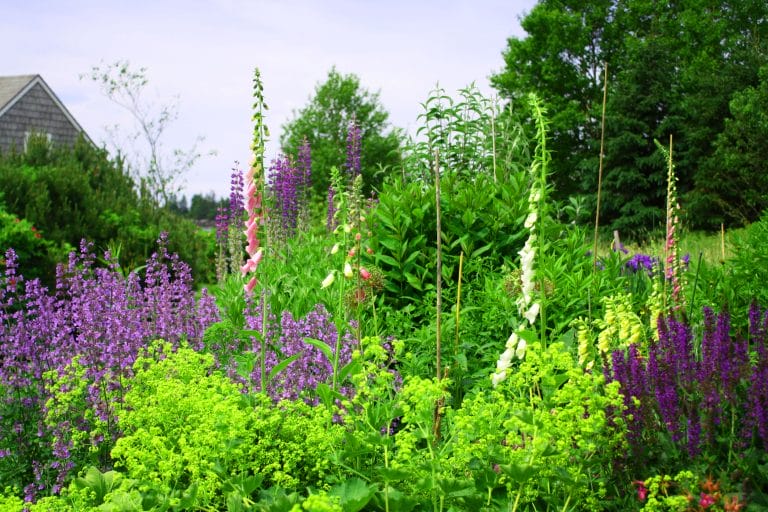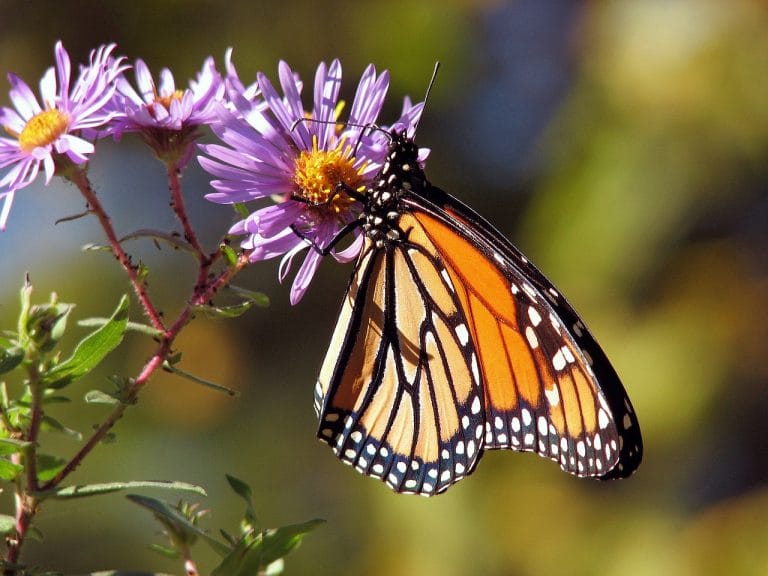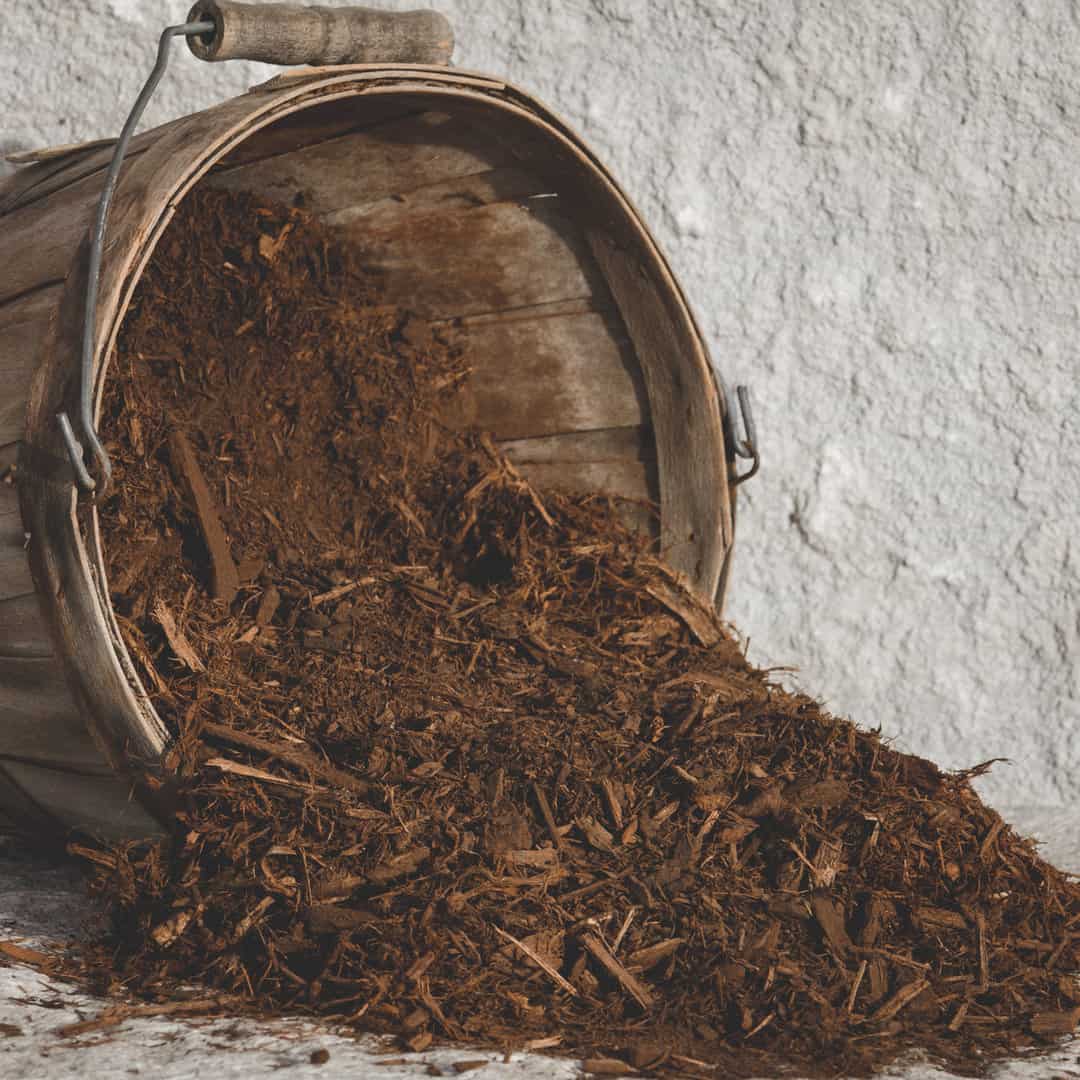A phenomenal source of nutrients for garden beds of perennial shrubs, annuals, trees or vegetables, mushroom compost is a versatile compost material that can supercharge your plant life’s growth. From the name, you may think that mushroom compost is made of composted mushrooms, or otherwise made from the delicious fungal food. While not too far off, the material is actually made of the stuff that commercial mushroom farmers grow mushrooms in, after it has been spent in the mushroom growing process.
As explained by Oregon State University Extension, “the recipe for mushroom compost varies from company to company, but can include composted wheat or rye straw, peat moss, used horse bedding straw, chicken manure, cottonseed or canola meal, grape crushings from wineries, soybean meal, potash, gypsum, urea, ammonium nitrate and lime. The compost ingredients are weighed out, then mixed in.”
To explain the compost as it relates to commercial mushroom growing, “the cured compost is placed in beds in a dark, cool and humid warehouse and then is pasteurized at about 140 degrees to kill any surface disease-causing organisms and pests. Workers then inoculate the compost with mushroom spawn, or mycelium. Underground roots called mycelium grow in the compost, then five weeks after inoculation, mushrooms are ready to pick. A crop continues to be harvested for three to four weeks before the bed is exhausted.”
Once the bed of compost has been exhausted of its utility for commercial mushroom farmers, it is then collected and sold to landscape supply firms and garden centers like Whispering Hills as a compost material for use in landscapes and garden beds. Mushroom compost is then used to supply nutrients to plants and increase the water-holding capacity of soil.
Continuing the process as explained by OSU, “with care, mushroom compost also can be used as a mulch around perennials, trees and shrubs.. For flower beds and vegetable gardens, till about three inches of the compost into the top six inches of fairly dry garden soil. For containerized plants, fresh mushroom compost should only make up about one-quarter of the volume of soil in the container.”
While this product does a lot of benefit to the garden, it is always important to know the proper use case of any product that you’re using. “The soluble salts and other nutrients in fresh, undiluted mushroom compost are too concentrated for germinating seeds, young plants,” and new transplants. To avoid potential problems with young plants, mix your mushroom compost in with garden soil to dilute the salts and nutrients to a less overwhelming level. One cubic yard of mushroom compost will cover roughly 100 square feet of garden to a depth of about two inches.
We sell mushroom compost for pickup and delivery, as well as in bags. As always, if you have any questions on how to use mushroom compost or any of the landscaping materials that we sell at Whispering Hills, feel free to stop in for expert advice and instructions tailored to your landscape’s use cases.
Whispering Hills Garden and Landscape Center is a full service landscape center and nursery located in Cary, Illinois. Stop in today to schedule a Spring 2022 cleanup. (Updated: 2/28/22)
Shop Archive














